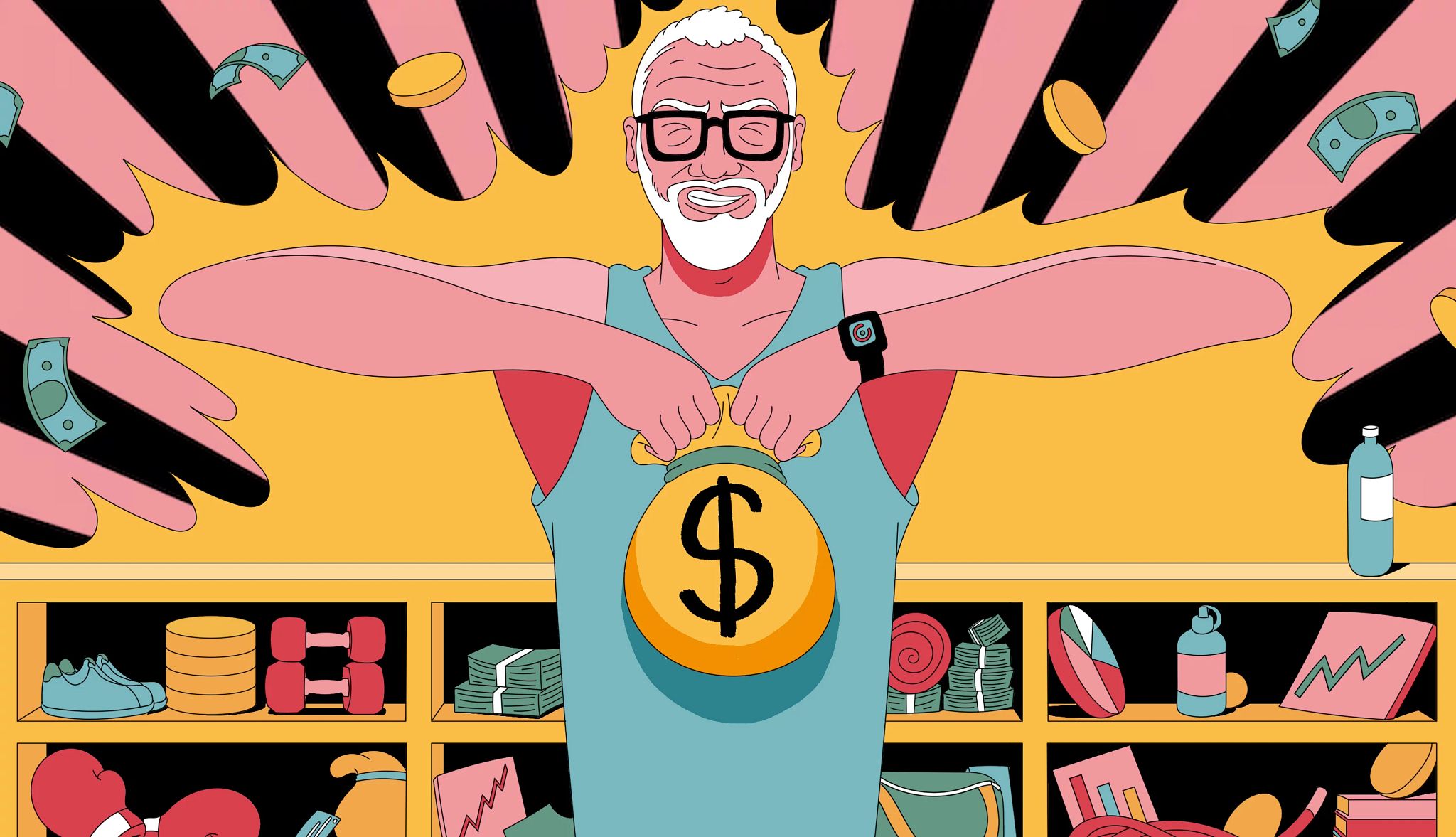
How retirees can get financially fit | members only
- Select a language for the TTS:
- UK English Female
- UK English Male
- US English Female
- US English Male
- Australian Female
- Australian Male
- Language selected: (auto detect) - EN
Play all audios:

“There are three big unexpected drains on income: house repairs, family expenses and unexpected personal expenses. You need to have a backup of money that’s put away for that stuff and not
touched,” says John Migliaccio, president of Maturity Mark Services, a gerontology research and consulting company in White Plains, New York. “You have to build in some capacity to absorb
ups and downs.” Your emergency fund should be separate from money you keep in nonliquid assets such as investment accounts, Migliaccio notes, because you want to be able to access the cash
at a moment’s notice if you need it. Many financial pros recommend an emergency fund of six months’ worth of living expenses — an amount you should have available once you’ve made your
budget. If you’re starting with a much smaller savings balance — or nothing at all — one of the most effective ways to build up your rainy day fund is to set up automatic contributions into
that account, Migliaccio says. “Make the money disappear before you want to spend it,” he says. CUT THE FAT: PARE DOWN YOUR DEBTS Just as it takes time to see the effects of your exercise
regimen in the mirror, paying off your debts is an incremental, long-term process. “Debt management is a struggle for many folks, including folks in retirement age,” says Alex Becerra,
community development specialist at SAFE Credit Union in Sacramento, California. If you have high-interest debt, such as outstanding credit card balances, eliminating it can make managing
your money easier because you won’t be making monthly payments to service that debt. “One mistake people make is they may try to chip away at all of those debts equally, but that typically
isn't a recipe for success,” Becerra says. “They should focus their debt pay-down strategy on one debt at a time.” There are a couple of approaches you can take to tackle your debts one
at a time. Some experts suggest paying off your smallest debt first. After eliminating that debt, take the amount of that monthly payment and apply it to your next-largest debt and so on.
This is referred to as the “snowball method.” The psychology behind the snowball method is that paying down a balance in its entirety is supposed to increase your motivation. While that may
be, it makes more sense, from a savings perspective, to eliminate the debt with the highest interest rate first, then put that money toward your debt with the next-highest interest rate and
so forth — an approach referred to as the “avalanche method.” “It takes a longer time to see the positive results, but what it ultimately does is it saves people more money in the long run,”
Becerra says. If you want a tangible source of motivation to keep you on track, Kahler suggests making one for yourself. “Create a spreadsheet that shows how quickly the debt is going to go
down,” he says. “Having it physically in front of you can provide a lot of motivation.”
